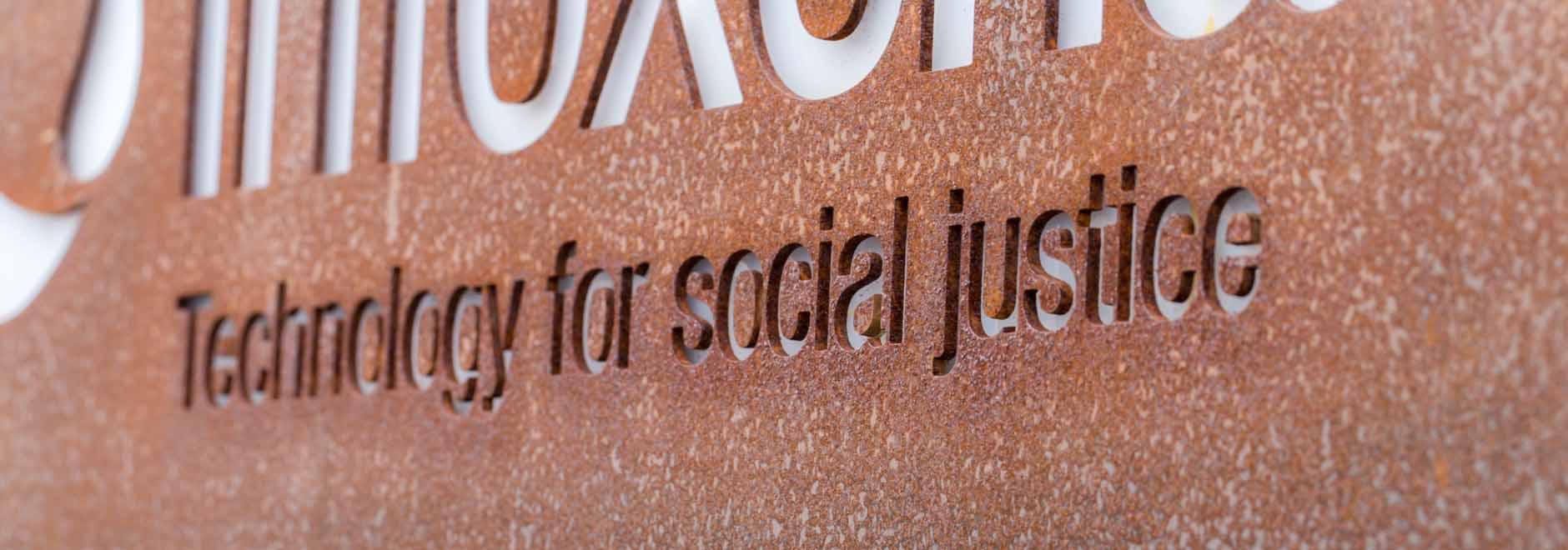
Technologies promote public participation
The ability for technology to empower people, drive change and impact decisionmakers is becoming more apparent.
As the civic demonstrations sweeping across the Middle East have shown, tools such as Facebook, Twitter and YouTube can play a profound role in mobilising individuals and pushing reform.
Closer to home, the capacity of online tools to drive change may not be so obvious but is still evident, as representatives at last week’s 2011 LG Pro Conference found out.
Speaking at the event, Sam McLean, from lobby group GetUp, explained how harnessing social media helped them bring about significant reform during the 2010 federal election. Utilising viral media, social marketing, and a clever content strategy GetUp managed to garner enough public support to urge the Australian Electoral Commission to allow online enrolments for the first time ever.
The trick, says Sam, is to “let the content do all the work” by creating material that makes people want to get involved and encourage others to do the same.
Meanwhile, Infoxchange’s Wired Communities projects are another example of how technology is being used to empower individuals.
Infoxchange's Dinna Tayao says that the projects are about wiring whole communities to promote social inclusion.
“Providing disadvantaged and marginalised communities with affordable access to computers and the internet and making sure they know how to use the technology is imperative to an inclusive, democratic society,” she says.
So far the Wired Community projects have seen over 1500 computers installed and 1800 residents trained across three Melbourne housing estates, increasing the use of online information for education, employment, informational and leisure purposes, ensuring they are better equipped to stay informed and involved in their community.
FInd out more about affordable internet access
